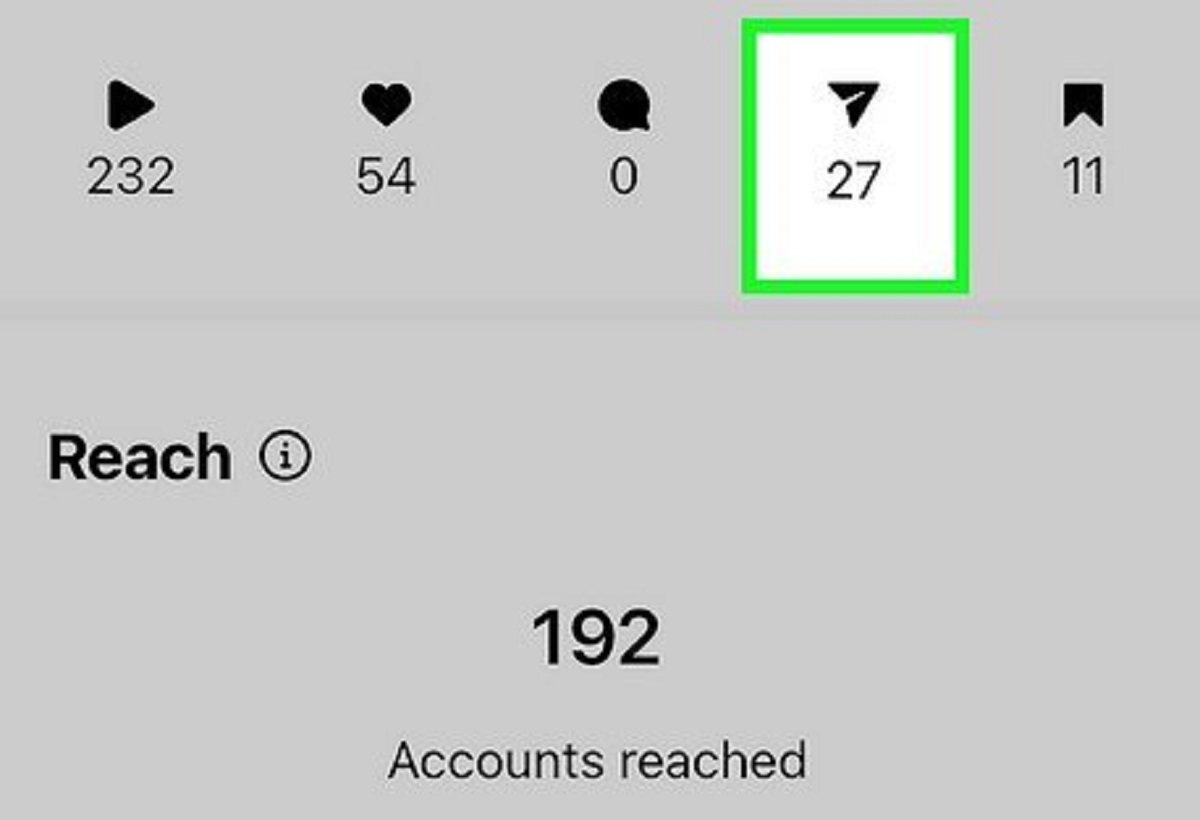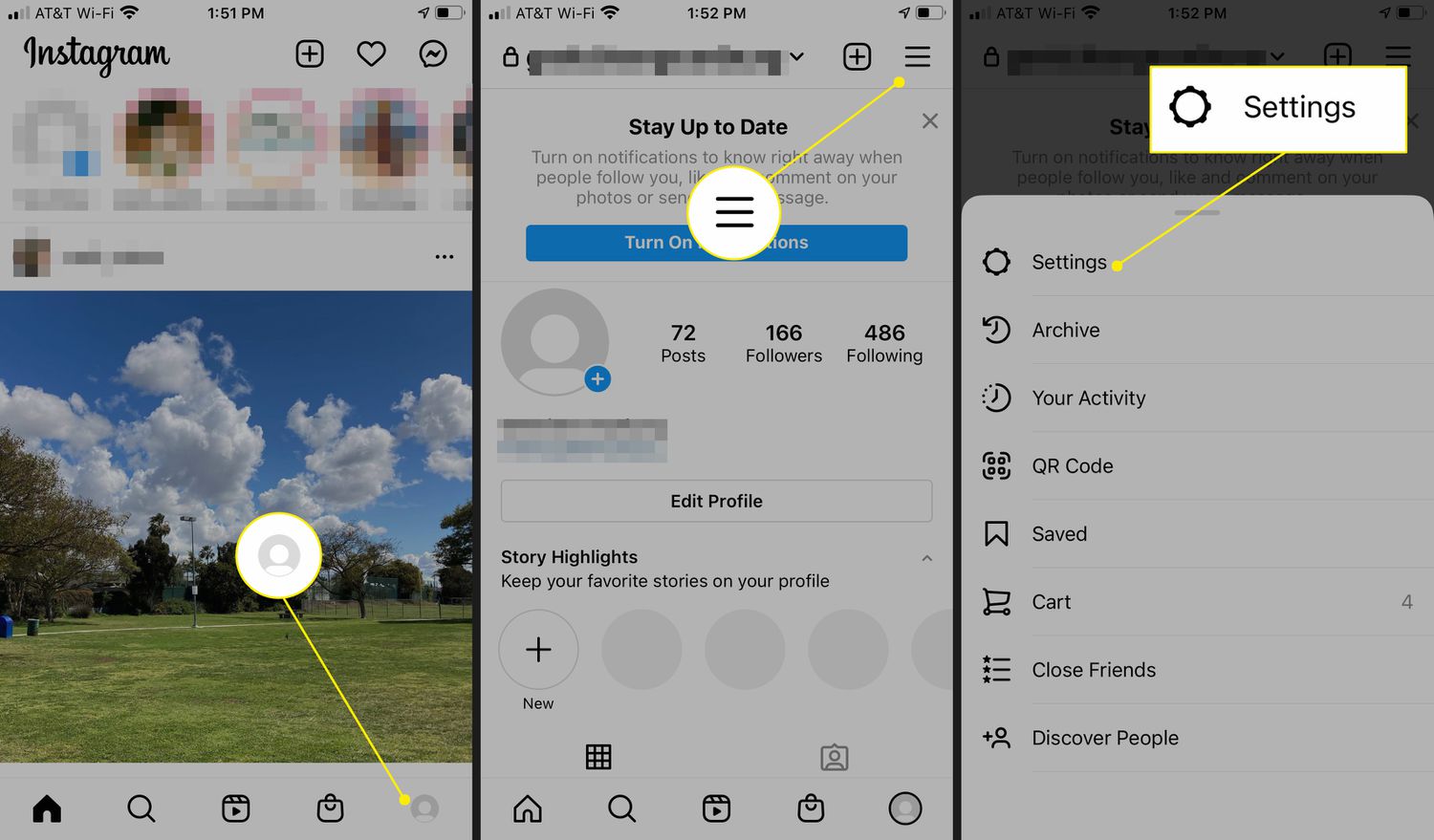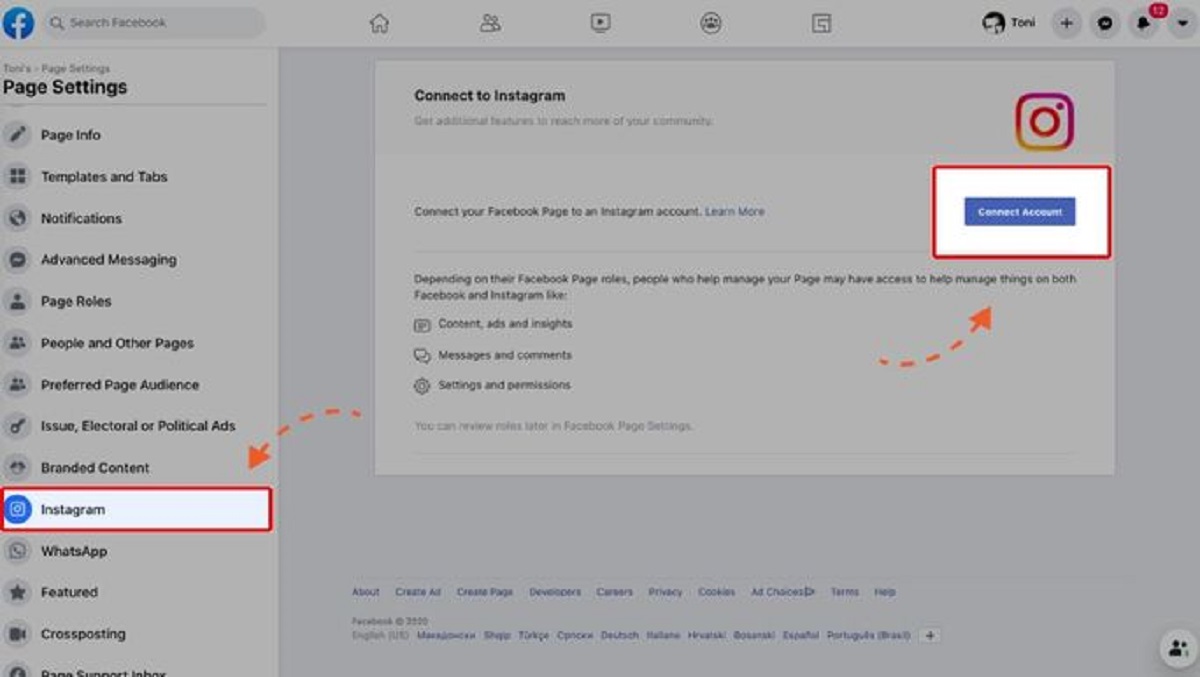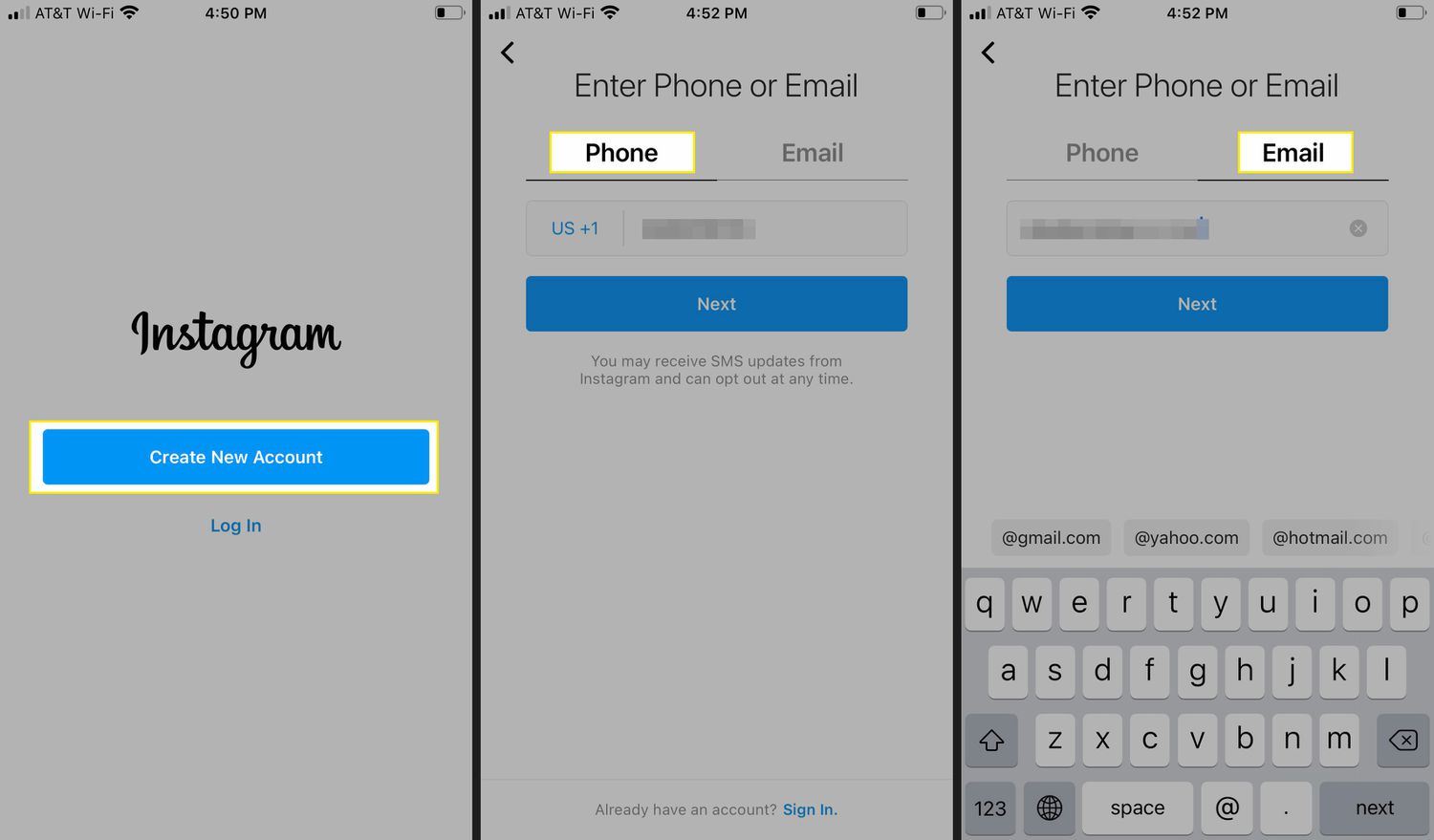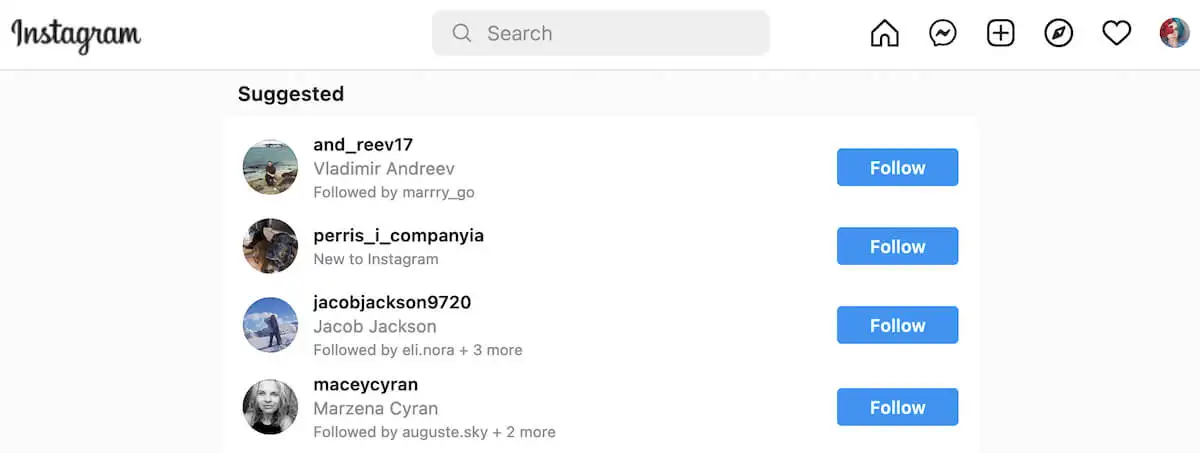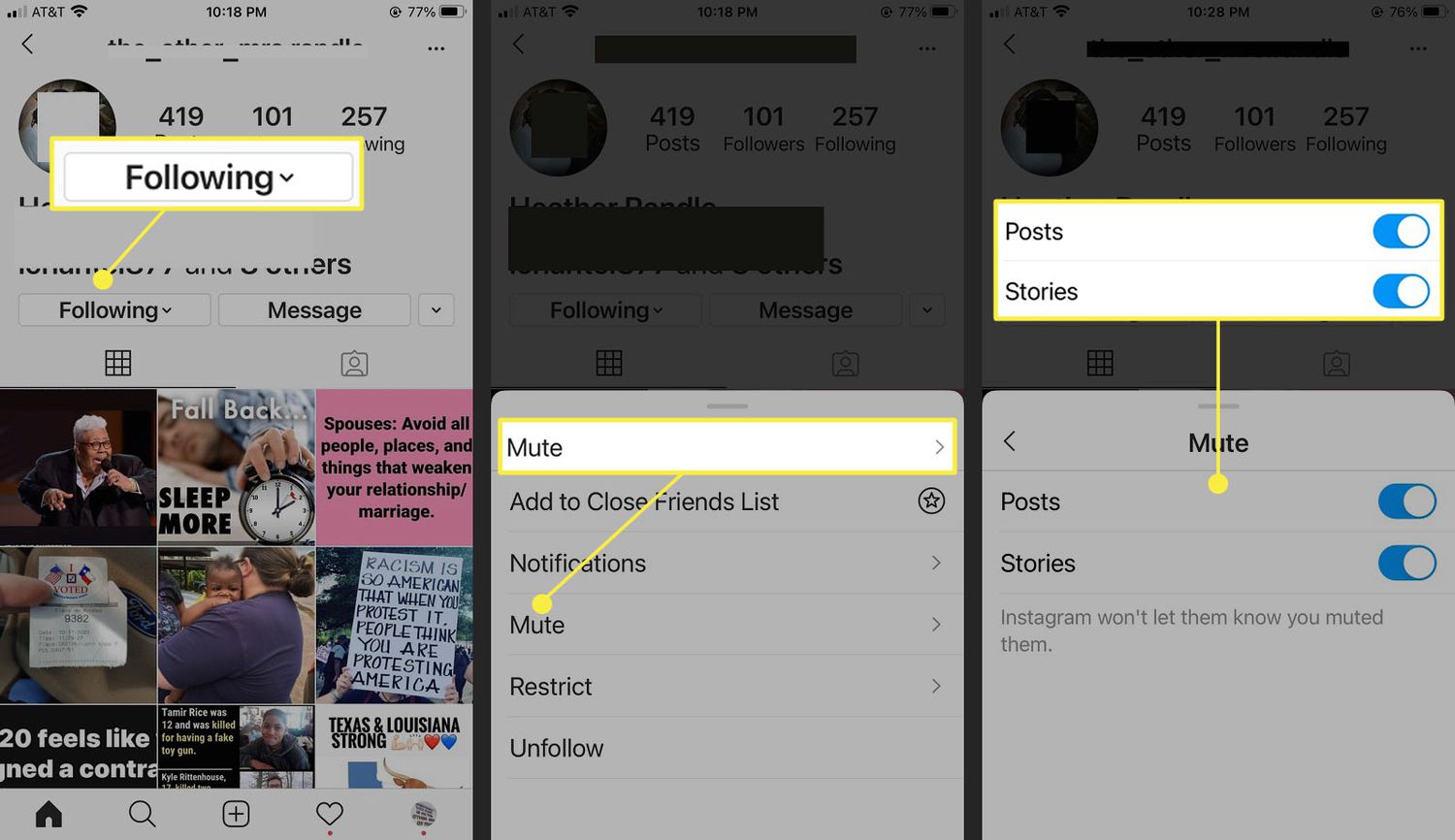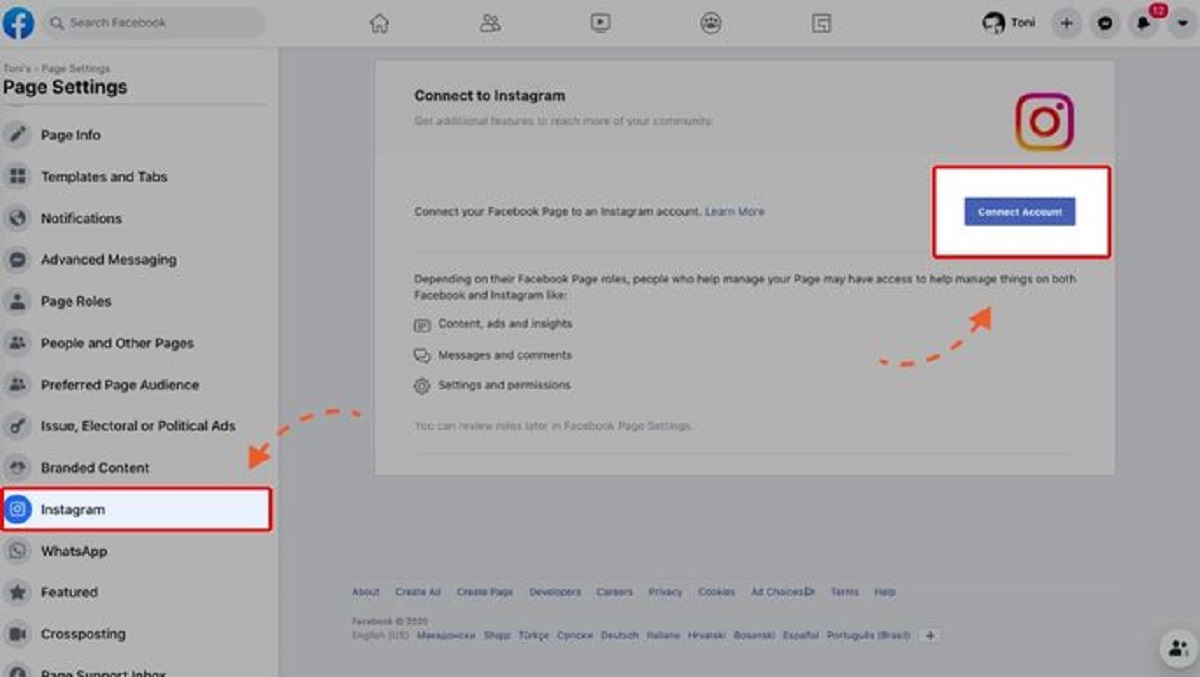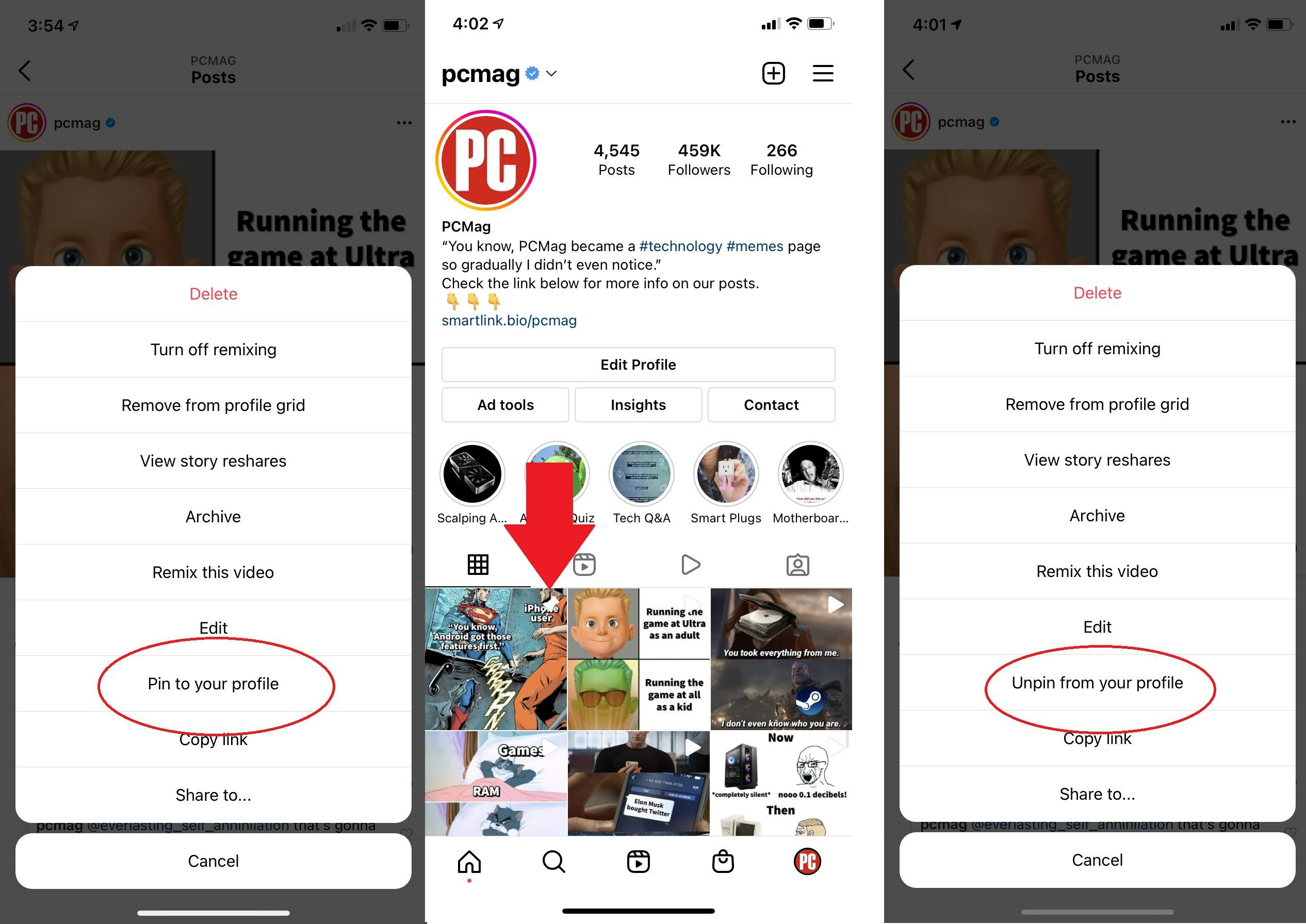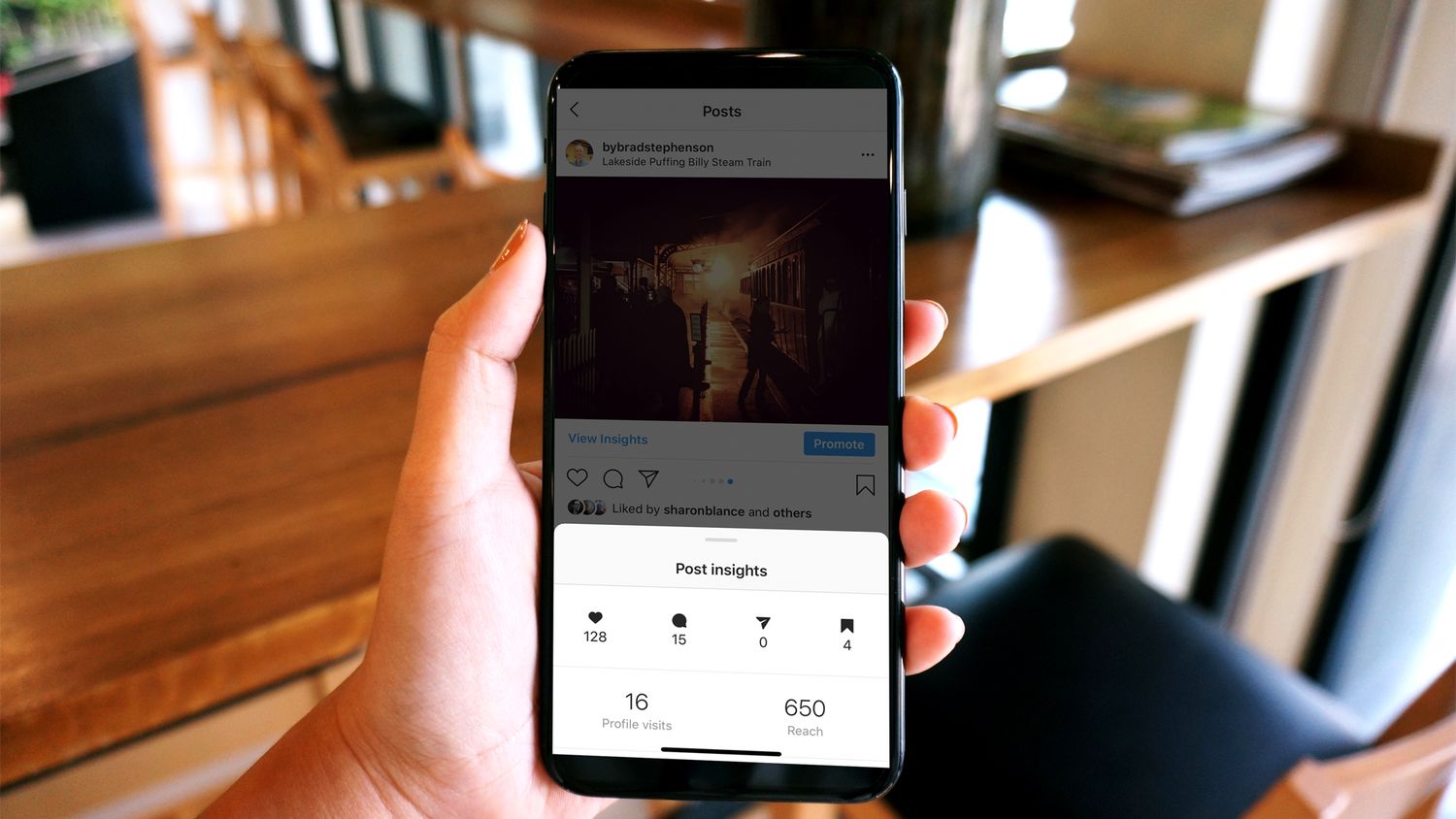Introduction
Welcome to the world of Instagram, where millions of users share their photos and videos every day. With the rise of social media, it’s natural to wonder who exactly is seeing and sharing your content. Instagram provides various privacy settings and sharing options, but it can be challenging to determine who exactly has shared your posts.
In this article, we will delve into the topic of whether you can see who shared your Instagram post. We will explore the limitations of Instagram’s sharing options, discuss how to check the number of shares, and uncover the use of third-party apps and services to gain insights into your post’s shares. By the end of this article, you’ll have a better understanding of how Instagram’s sharing functionalities work and whether it’s possible to track the users who have shared your posts.
Instagram, as one of the most popular social media platforms, offers a range of privacy settings to its users. These settings allow you to control who can see and interact with your posts. However, when it comes to tracking who specifically shared your posts, the platform falls short. Instagram primarily focuses on providing users with the ability to control their own privacy and visibility, rather than allowing you to see who shared your content.
The sharing options on Instagram revolve around giving users the ability to repost others’ content on their own profiles or share a post via direct messages. When someone shares your post, they can either repost it on their own profile, providing proper credit, or share it privately with someone via direct messaging. While it would be convenient to have a feature that displays the list of users who have shared your post, Instagram does not currently offer this functionality.
So, if Instagram doesn’t provide a built-in way to track who shared your posts, is there any other method to find out? The answer lies in checking the number of shares that your post has received.
Understanding Instagram’s Privacy Settings
Instagram allows users to customize their privacy settings to control who can see their posts and interact with their content. These settings provide users with the ability to ensure their privacy and limit the visibility of their posts to a specific audience.
When it comes to sharing and reposting posts, Instagram offers two main options: public and private accounts. A public account allows anyone to see your posts, while a private account restricts your posts’ visibility to approved followers.
If you have a public account, any user can see and potentially share your posts. However, with a private account, users who want to share your content must first follow your account and get your approval. This level of control over who can see and share your posts can help ensure your content remains within your intended audience.
Instagram also provides additional privacy options, such as blocking specific users or hiding your posts from certain individuals. By utilizing these features, you can further tailor your privacy settings to your preferences and keep your content protected from unwanted sharing.
It’s important to note that while Instagram’s privacy settings allow you to control who can see your posts, they do not provide direct insights into who has shared your content. These settings primarily focus on regulating the visibility of your posts to specific individuals or groups, rather than offering detailed information about the users who have shared your content.
With this understanding of Instagram’s privacy settings, let’s explore alternative methods to check the number of shares your posts have received and potentially gain insights into who has shared them.
The Limitations of Instagram’s Sharing Options
While Instagram provides users with the ability to share and repost content, the platform has certain limitations when it comes to tracking who exactly has shared your posts. These limitations can make it challenging to gain insights into the users who have shared your content.
One of the main limitations is that Instagram does not offer a built-in feature that displays a list of users who have shared your posts. When someone shares your post, whether by reposting it on their own profile or sending it via direct messages, you will not receive a notification or any indication of who has shared it.
Another limitation is that Instagram’s sharing options mainly revolve around public posts being shared by other users, providing proper credit to the original creator. However, Instagram does not provide a comprehensive way to track private shares or shares made via direct messages. This means that if someone shares your post privately with another user, there is no straightforward way to find out who that user is.
Furthermore, Instagram’s emphasis on privacy and protecting user information contributes to the limitations of its sharing options. The platform prioritizes user privacy, which means that certain information, such as the list of users who have shared your post, is not readily accessible to everyone.
It’s important to keep in mind that the limitations of Instagram’s sharing options are intentional and align with the platform’s focus on user privacy and control. While it may be frustrating not to have direct insights into who has shared your posts, these limitations are in place to ensure a safe and privacy-oriented user experience.
Fortunately, there are alternative methods and third-party options available that can help you gain some insights into your post’s shares. In the next section, we will explore these options in more detail.
How to Check the Number of Shares
Although Instagram does not provide a direct way to see the users who have shared your posts, there are methods to check the number of shares your post has received. While these methods may not give you the specific usernames or profiles of the users who shared your content, they can give you a general idea of how many times your post has been shared.
One way to check the number of shares is by looking at the number of saves and comments on your post. While saves and comments are not necessarily direct indicators of shares, they can provide some insight. If your post has a high number of saves and comments, it’s likely that users are finding your content valuable and sharing it in some capacity.
Additionally, you can use Instagram’s Insights feature if you have a business or creator account. Insights provides valuable analytics about your posts and audience engagement, including the number of times your post has been saved. By analyzing this data, you can identify popular posts that have a high number of saves, indicating that they have been shared by users.
Another way to check the number of shares is to monitor the engagement on your post. If your post is getting a significant amount of likes and comments from users who don’t follow you, it’s possible that these users are sharing your content with their own followers or through direct messages.
Keep in mind that these methods are indirect and can only provide a rough estimate of the number of shares your post has received. They do not reveal the specific users who have shared your content. However, by monitoring the engagement levels and analyzing the data available, you can get a sense of how widely your post has been shared among Instagram users.
While these methods can be helpful, they are not foolproof and may not provide the comprehensive information you may be seeking. If you are eager to gain more detailed insights into who has shared your posts, you can explore third-party apps and services specifically designed for this purpose. We will delve into these options in the next section.
Utilizing Third-Party Apps and Services
If you’re eager to gain more insights into who has shared your Instagram posts, there are third-party apps and services available that can help fill in the gaps left by Instagram’s native features.
These third-party apps and services offer enhanced analytics and tracking capabilities, allowing you to get a deeper understanding of your post’s reach and the users who are sharing your content. Some of these platforms provide features like tracking shares, monitoring mentions, and even identifying influencers who have shared your posts.
One popular third-party app is Iconosquare. This social media management platform provides comprehensive analytics for Instagram, including the ability to track shares. With Iconosquare, you can gain insights into who has reposted your content, giving you a clearer picture of the users who are sharing your posts and potentially expanding your reach.
Another popular option is Sprout Social. This social media management tool offers robust analytics and reporting features, including tracking shares and interactions with your Instagram posts. With Sprout Social, you can identify trends in your shares, monitor engagement levels, and gain a better understanding of the users who are sharing your content.
It’s important to note that while these third-party apps and services can provide valuable insights, there may be limitations due to Instagram’s privacy policies. These platforms work within the confines of what information Instagram allows them to access, so the level of detail they can provide may vary.
Before using any third-party app or service, it’s crucial to research and choose a reputable platform that aligns with your needs and priorities. Consider factors such as their data security practices, user reviews, and the specific features they offer for tracking shares on Instagram.
While utilizing third-party apps and services can enhance your understanding of who has shared your Instagram posts, it’s important to strike a balance between gaining insights and respecting user privacy. It’s always best to use these tools in accordance with ethical practices and the terms and conditions set by Instagram.
Now that we’ve explored the benefits and drawbacks of utilizing third-party options, let’s summarize the key points and conclude our discussion on whether you can see who shared your Instagram posts.
The Benefits and Drawbacks of Third-Party Options
Utilizing third-party apps and services can offer several benefits when it comes to gaining insights into who shared your Instagram posts. However, it’s important to consider the drawbacks as well before deciding to rely on these external platforms.
One of the main benefits of using third-party options is the enhanced analytics and tracking capabilities they provide. These platforms go beyond Instagram’s native features, offering more detailed insights into your post’s shares. By utilizing these apps, you can gain a better understanding of your audience, identify influencers, and track the reach of your content.
Third-party options can also save you time and effort by consolidating all your social media analytics and tracking tools into one platform. Instead of manually collecting data, these apps provide comprehensive reports that allow you to analyze your post’s sharing patterns more efficiently.
However, it’s important to be aware of the drawbacks as well. One major drawback is the potential violation of user privacy. While these apps may provide insights into who has shared your posts, they may be accessing user data that is not publicly available or sharing information without explicit consent. It’s crucial to choose reputable platforms that prioritize data security and compliance with privacy regulations.
Another drawback is the reliance on third-party services, which can introduce additional costs and dependencies. Some of these apps and services may require a subscription or impose limitations on the amount of data you can access. Additionally, there is always a risk that these third-party platforms may shut down or change their features, leaving you without the tracking capabilities you relied on.
It’s also worth noting that the data provided by third-party options may not always be completely accurate or comprehensive. The platforms work within the confines of what information Instagram allows them to access, and there may be limitations in terms of the amount of data they can retrieve or the level of detail they can provide.
Ultimately, the decision to utilize third-party options to gain insights into who shared your Instagram posts depends on your specific needs and priorities. It’s important to weigh the benefits against the drawbacks and consider the ethical implications of accessing user data.
With a better understanding of the benefits and drawbacks of third-party options, we can now conclude our exploration of the topic of whether you can see who shared your Instagram posts.
Conclusion
Understanding who has shared your Instagram posts can be a challenge due to the limitations of Instagram’s native features. The platform primarily focuses on user privacy and controlling the visibility of posts, rather than providing direct insights into who has shared them.
While Instagram does not offer a built-in way to see the specific users who have shared your posts, there are methods to get a general idea. Tracking the number of saves, comments, and engagement on your posts can provide some insights into the extent of sharing. Additionally, if you have a business or creator account, the Insights feature can provide analytics about your post’s reach and saves.
If you’re looking for more detailed insights, third-party apps and services can offer enhanced tracking capabilities. Platforms like Iconosquare and Sprout Social provide analytics specifically designed to track shares on Instagram. However, it’s important to consider the potential drawbacks, such as user privacy concerns and reliance on external platforms.
In conclusion, while it may not be possible to see the exact users who have shared your Instagram posts directly within the platform, there are methods and third-party options available to gain insights into your post’s shares. It’s essential to strike a balance between gaining insights and respecting user privacy, ensuring the ethical use of any third-party apps or services.
Ultimately, by understanding the limitations of Instagram’s sharing options and exploring alternative methods, you can gain a better understanding of the reach and impact of your posts on Instagram.







